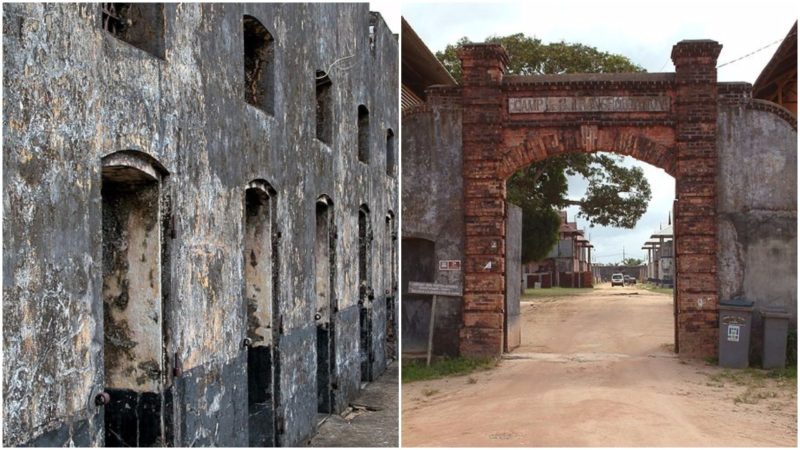It all began when Napoleon Bonaparte famously declared on 22 November 1850: Six thousand condemned men in our prisons weigh heavily on our budget, becoming increasingly depraved and constantly menacing our society. I think it is possible to make the sentence of forced labor more effective, more moralising, less expensive and more humane by using it to further the progress of French colonisation.
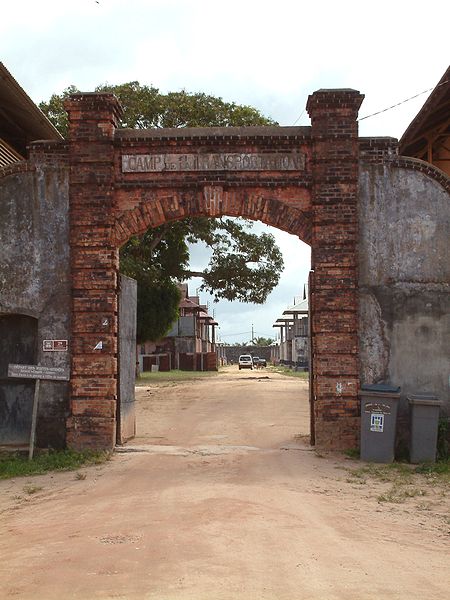
And so the solution that would make Napoleon proud was to build the prison of Saint-Laurent-Du-Maroni. When it comes to location, the one they chose was on the banks of the Maroni River.
This prison was the main penal establishment of French Guiana for almost a century from the day the prison was established on 21 February 1858.
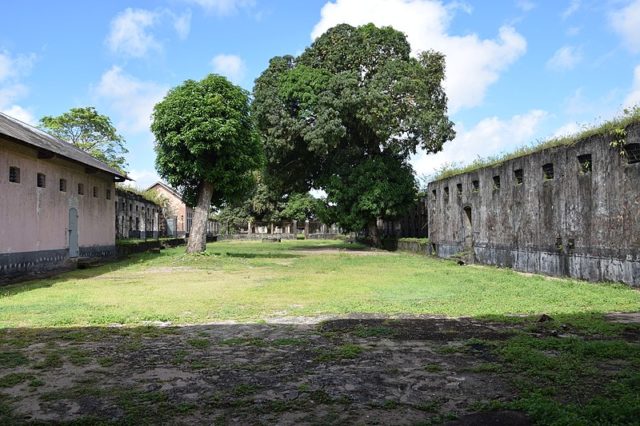
All of the prisoners that were sent from France were taken to this prison before being, if necessary, scattered among the rest of the prisons and camps. The town Saint-Laurent-Du-Maroni
itself was founded on 16 March 1880.
In its beginnings, the town served as a penal town whose inhabitants were either guards at the prison or ex-prisoners that had survived “the sentence of forced labor”. Once out they lived among the rest of the community as liberated prisoners.
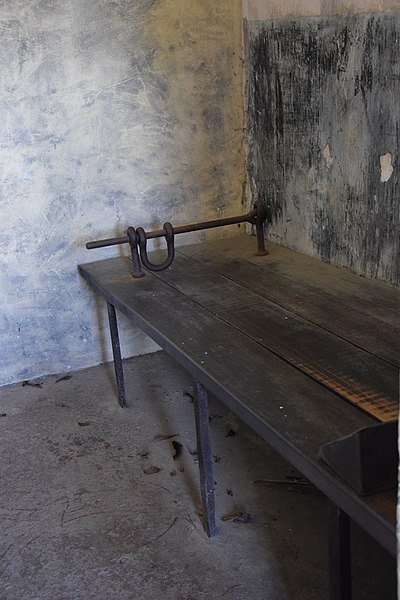
Once the ship arrived from Saint-Martin-de-Ré, one of the first orders given was the “Cheveux de retour”, to separate the escaped prisoners from the rest and send them to the Îles du Salut from where there is no escape. Hundreds of sharks in the surrounding water are visible from the shore did the job of keeping everyone firmly on dry land.
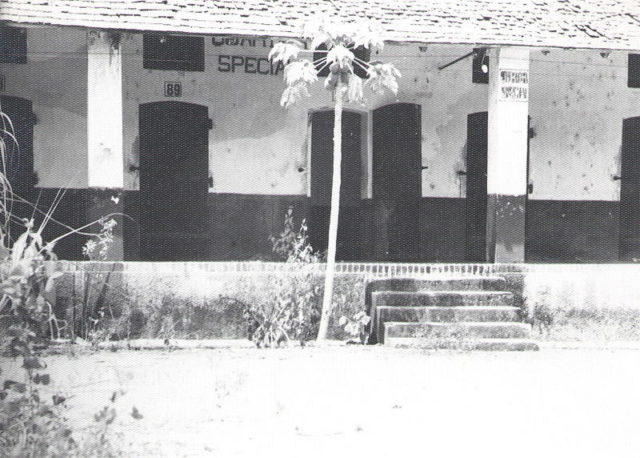
The prisoners that were considered to be potential escapees were also sent to the island. Those of them that were considered to be of no risk were offered jobs in the penitentiary administration. The prison was designed in a way that it deprived you of your true inner self. Employing punishments that were designed to break you both physically and mentally was enough to keep the prisoners calm.
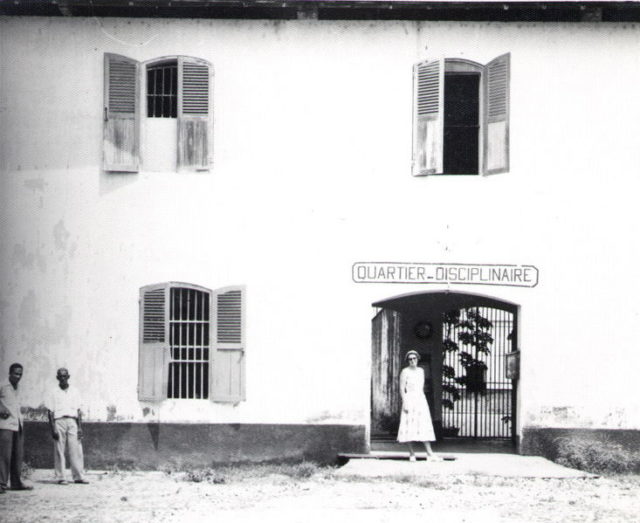
For a better picture of what it was like to be part of this colonial penal system, one ought to read the famous novel Papillon written by Henri Charrière, himself part of the Prison of St-Laurent-du-Maroni. Henri was a French writer convicted of killing a pimp named Roland Le Petit.
Even though Charrière denied committing the murder he was none the less condemned and sent to the penal colony of French Guiana. Once inside the prison, he was nicknamed Papillon, the French word for butterfly, just like the one Henri had tattooed on his chest.
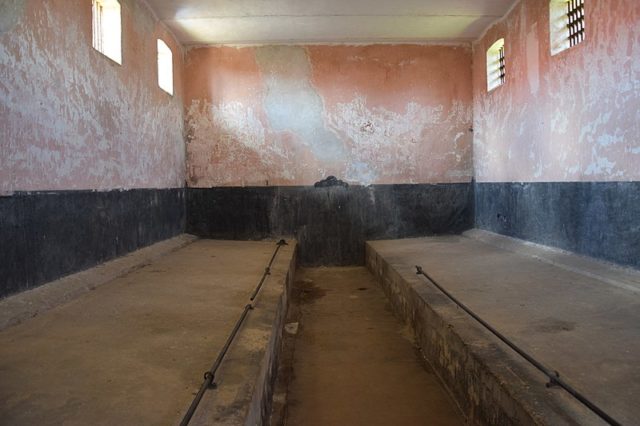
The life inside the walls of this prison as depicted by Charrière and various other inmates was beyond harsh. And if one stubbornly goes against the rules, there was always the guillotine that silently waited for one’s head to be snapped and rolled inside a bucket.
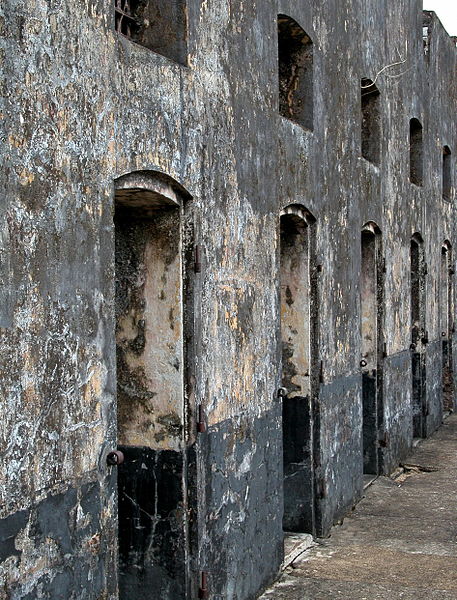
According to his biography, Papillon, Charrière had enough. And so during a rainy night, he fled to the La Guajira Peninsula. Here he lived in an Indian Tribe for a couple of months. Later he decided that it was time to move on, a decision that he would regret later.
Upon returning to civilization he was quickly recaptured and sent back to French Guiana and put into solitary confinement for the next two years, as noted before this was the part of the prison designed to break your spirit.
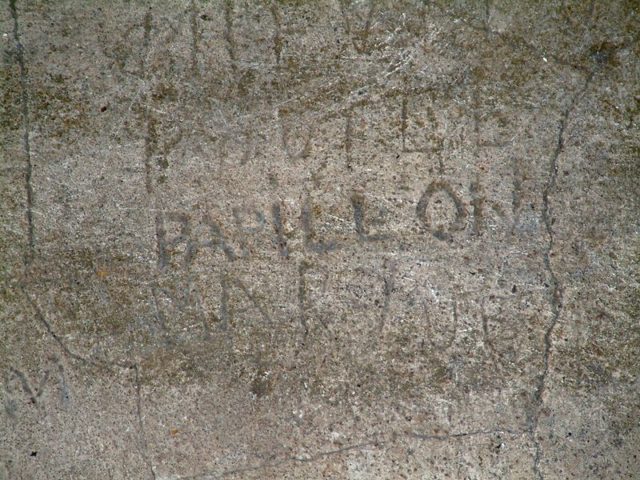
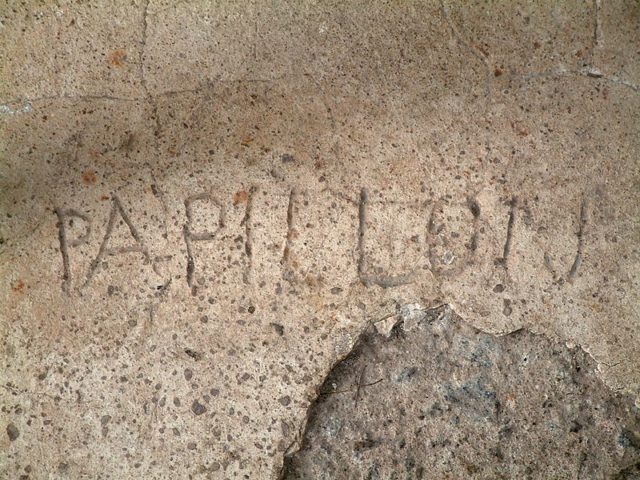
Among the prison cells and various different buildings, there was also a hospital. This place was among the favourites and many prisoners faked illnesses just to be sent there so that they can easily plot their escape.
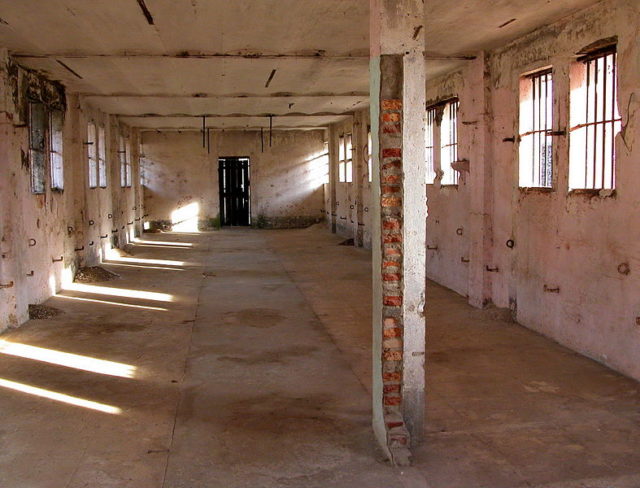
Some of the prisoners including Henri Charrière did eventually escape from the prison. Some of them even outlived the colonial penal system and the prison that closed its doors in 1946. Henri’s second escape attempt was more successful. He made it all the way to Madrid, Spain, where he died in 1973 leaving behind the memoirs of a life once so full of adventure.
